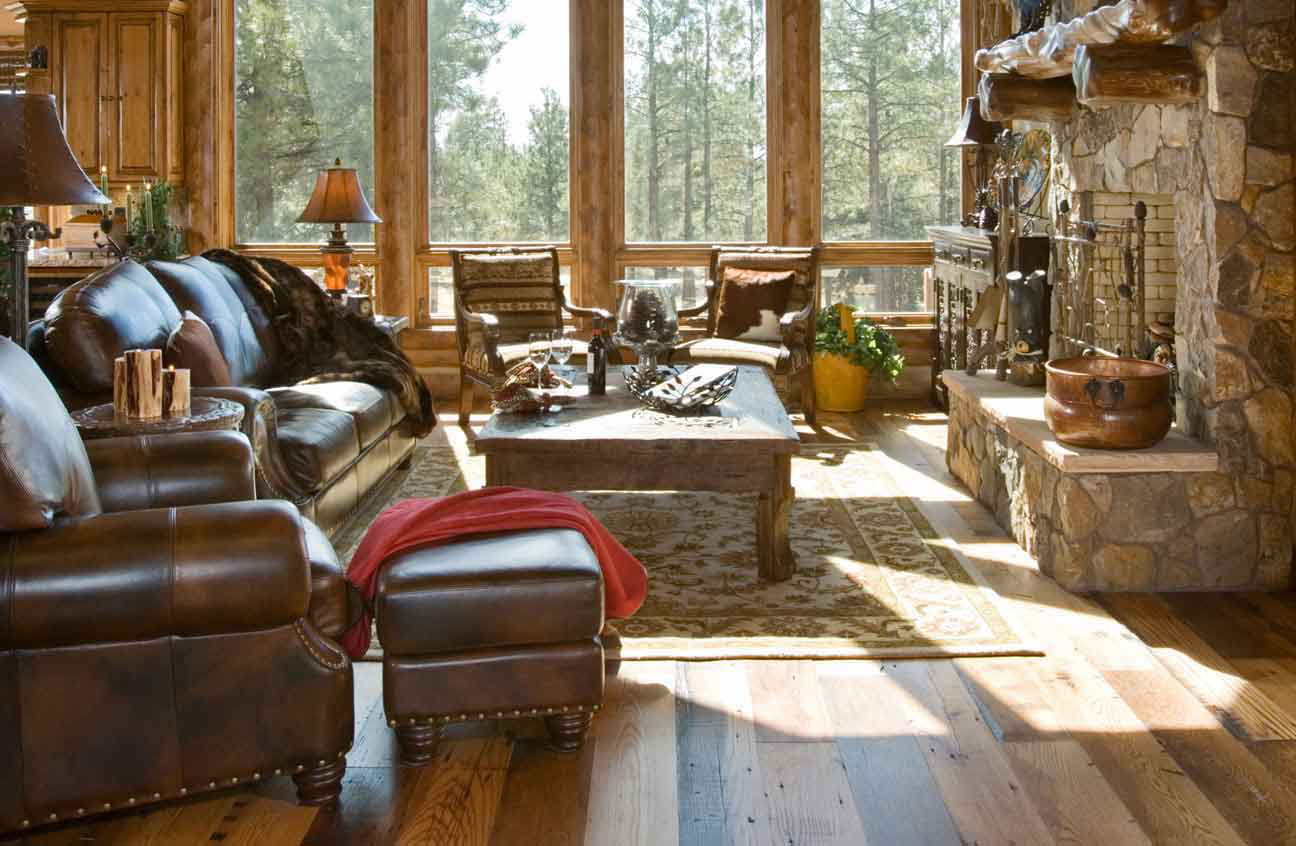
Antique R & W Oak likely refers to reclaimed Red and White Oak lumber, representing two of the most important hardwood species in American furniture and construction history. Red Oak and White Oak have been prized for centuries for their strength, durability, and distinctive grain patterns. When designated as “antique,” this lumber has been reclaimed from old buildings, barns, factories, or other structures, often dating back 50-150 years or more.
Red Oak displays a pinkish to reddish-brown heartwood with a prominent, open grain structure characterized by large pores and distinctive ray patterns. The grain is typically straight but can show some irregularity that adds character. White Oak, in contrast, has a light brown to medium brown heartwood with a closed grain structure due to tyloses (cellular plugs) that fill the pores, making it naturally water-resistant. Both species exhibit the classic oak grain pattern with prominent medullary rays that create the characteristic “ray fleck” when quarter-sawn.
The antique designation adds significant value and character to these oak species. Decades or centuries of aging allow the wood to reach optimal stability, with minimal risk of further movement or warping. The natural aging process also mellows the wood’s color, often creating rich, deep tones that cannot be achieved through artificial staining. Antique oak frequently shows character marks from its previous life — nail holes, mortises, saw marks, and patina that tell the story of its historical use.
Both Red and White Oak are exceptionally strong and durable hardwoods. White Oak’s closed-grain structure makes it particularly suitable for applications requiring water resistance, while Red Oak’s more open grain creates dramatic figure when finished. Both species work well with hand and machine tools, though their density requires sharp cutters and can be challenging for beginners. The wood takes stains beautifully, though many craftsmen prefer to highlight the natural aged patina of antique material.
Exceptional Durability – Both species offer centuries of proven longevity in structural and furniture applications, with many examples still performing after 200+ years.
Distinctive Grain Character – Prominent ray patterns create the classic oak appearance that is instantly recognizable and highly valued in traditional woodworking.
Natural Water Resistance – White Oak’s closed grain structure provides inherent moisture protection, making it suitable for exterior and marine applications.
Historical Patina – The aging process creates rich, deep coloration that is impossible to replicate through artificial staining or finishing techniques.
Structural Strength – High density and exceptional strength properties make both species ideal for load-bearing applications in construction and furniture.
Finishing Versatility – Both species take stains and clear finishes exceptionally well, allowing for a wide range of aesthetic possibilities.